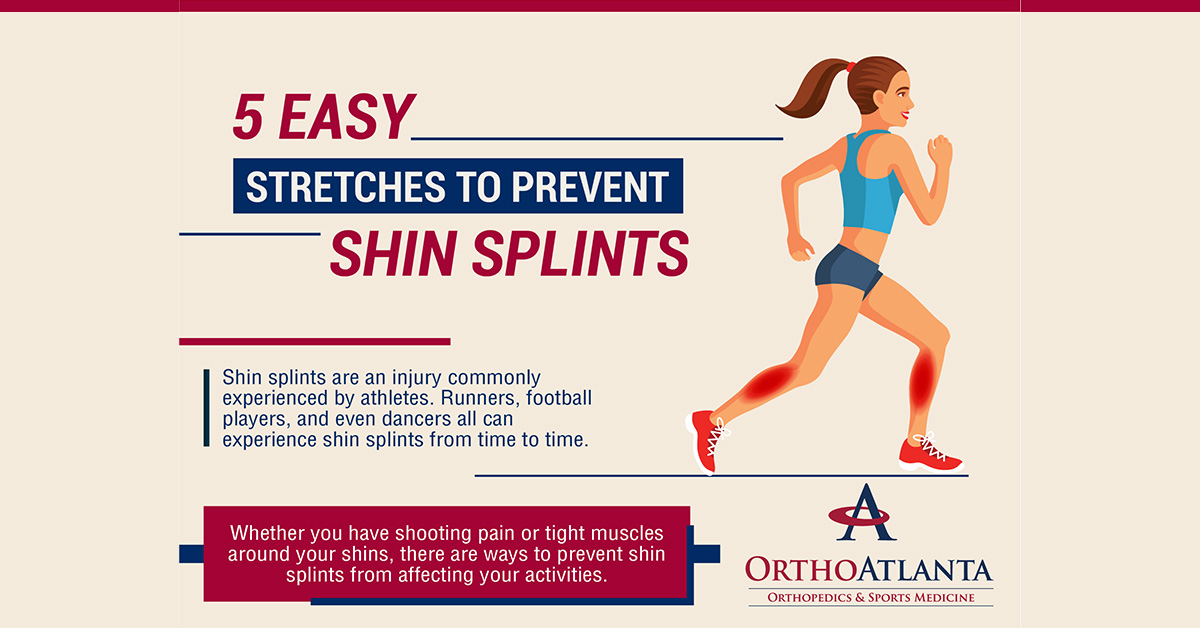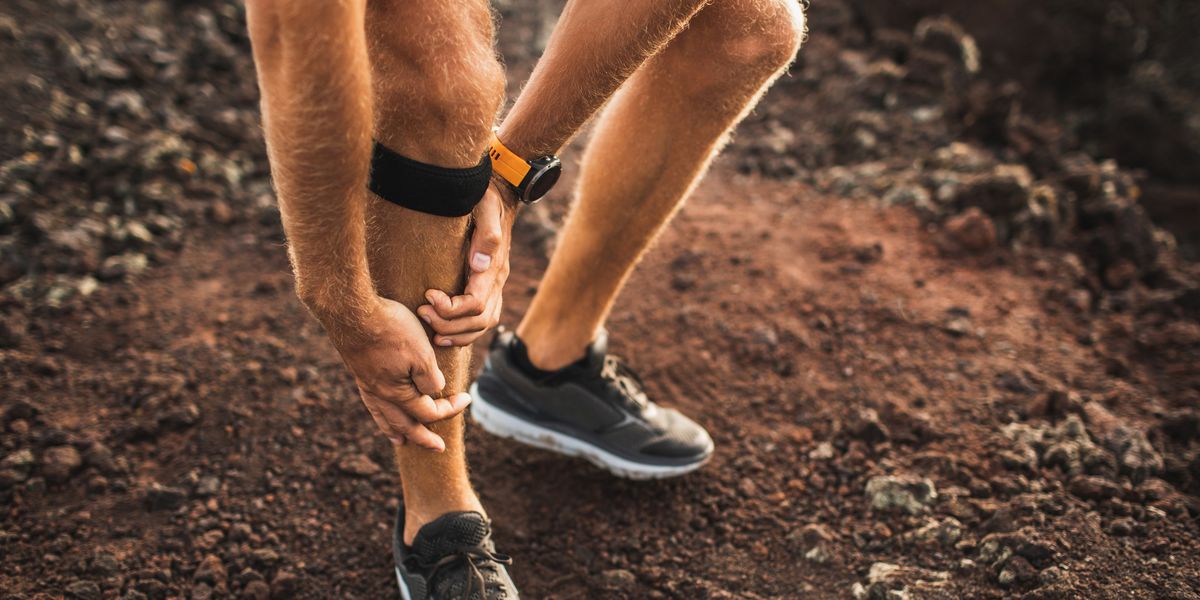Running or exercising for too long with a lot of intensity strains your body too much. Wear properly fitted and appropriate athletic shoes.
You can try to stretch the muscle by sitting and crossing your leg so your ankle is resting on the other knee and pulling on your foot as if you are pointing your toe.

How do you prevent shin splints. Wearing appropriate shoes for your sport can help prevent shin. The stretches described here can help you prevent shin splints. Brisk walking should also be avoided by the people who are at risk of developing shin splints.
It can overload your shins as well as other muscles and bones. Tips to eliminate shin splints. It is difficult to stretch the anterior tibialis muscle to prevent shin splints.
You may be able to prevent or reduce your risk for shin splints by taking the following steps. The tibialias anterior muscle absorbs most of the force during sprinting and depending on the type of surface you are running on can prevent the pain. And if you have shin splint pain theyll help you recover.
If you want to self massage both the tibialis anterior and tibialis posterior simultaneously I recommend the. To perform developmental stretches hold a static stretch as deep as you can for 30 seconds - at that point the tingling sensation should go away and you can reach deeper in tho. If your calves are especially tight then you may want to do some developmental stretching to increase your range of motion in your ankle joint and further help prevent the chance of you getting more shin splints.
15 Tips To Prevent And Combat Shin Splints 1 Stretch Your Achilles Tendons And Calf Muscles Tightness around your Achilles tendons and calf muscles can contribute to shin splints. Avoid Brisk Walking. Because weak shin muscles tibias anterioris are not the real cause of shin splints strengthening the tibilias anterior will only help prevent shin splints slightly.
This helps treat and prevent shin splintsnot to. The staff can help. Use insoles or orthotics for your shoes.
Spend time stretching every day or every other day depending on the tightness of the muscles. If your calves are especially tight then you may want to do some developmental stretching to increase your range of motion in your ankle joint and further help prevent the chance of you getting more shin splints. There are several things you can do to prevent shin splints.
This may or may not have an effect. Progress your training slowly. You can do a full-on ice bath or fill.
Without warming the muscle prior to. Avoiding overwork especially if you have not built up to these exercises is one of the best things you can do to protect your shins. We also give you some prevention and.
Mostly because its such a small muscle and its primary function is dorsiflexion of the ankle not shock absorption How do you prevent shin splints. When you complete your runs ice your shins immediately to prevent or reduce any irritation or inflammation. Its tempting to go big when you first start out but pacing yourself can help prevent unnecessary lower leg.
Here are a. Shoe inserts -- which can be custom-made or bought off the shelf -- may help if your arches collapse or flatten when you. The first step to dealing with shin splints is to do everything in your power to avoid them from happening in the first place.
Do not start any long distance walking or brisk walking without warming leg muscles. If youre a runner have your stride observed at a running store. Follow these tips to prevent shin splints.
To perform developmental stretches hold a static stretch as deep as you can for 30 seconds - at that point the tingling sensation should go away and you can reach deeper in tho. You can also do some self massage on your shin splints. If you notice youve been heel striking or overpronating replace your shoes foam liner with a plastic orthotic for additional arch support.


